Broken lines, broken strings,
Broken threads, broken springs,
Broken idols, broken heads,
People sleeping in broken beds
Ain’t no use jiving
Ain’t no use joking
Everything is broken.
These words, sung by Bob Dylan, seem to express our current climate. We look around, and everything is broken. From a microscopic virus that has caused a pandemic bringing a worldwide awareness of its toll, responsible for over 100,000 deaths in the United States alone, to the threat of murder hornets from Asia and killer lizards from Florida. Now my newsfeed scrolls constant stories of earthquakes and an asteroid that will come close to striking the earth. More pressing than murder hornets or killer lizards is the string of deaths of African Americans: Ahmaud Arbery, Breonna Taylor, and George Floyd. Each of these deaths rightfully causing our nation to think about the deplorable reality of racism.
Everything is broken.
Most churches have not assembled together in a few months. The church has been a praying church, a listening church, a witnessing church, a serving church, but all we have continued to do has been as a scattered church. Decisions were made by most church leaders in the spirit of love for neighbor and honor of Caesar to comply with the urging to not assemble for a time. This decision was understandable at first but now has caused anxiety in many of the faithful as they see the world around them return to normal but something precious to them not yet ready to return to normal – church.
The broken spirit of our world is bleeding into our churches. Our churches, which are intended to be a foretaste of heaven as the visible assembling attests to the unseen assemble of saints that have preceded us in death, and in anticipation of the day of rejoicing it will be when we all get together, have always been beautifully broken. Racism is alive and well in our churches. Bigotry is alive and well in our churches. A spirit of hostility and division is alive and well in our churches. But only in church can the the solitary solution and remedy for society be found – the gospel of Jesus Christ.
Paul spent most of his time writing to churches instructing them on how to live their inward faith in Jesus outward to a watching world. As Paul traveled from town to town, he sought to evaluate how the church (visible) was bearing witness to the invisible realities that the cross of Christ has brought. Paul evaluated things such as love, unity, fellowship, and holiness, to name a few. More than Paul's evaluation of the church, John, the beloved, received a message from the resurrected and ascended Christ in the book of Revelation. There we see Jesus' initial message to his saved, sanctified, and Spirit-filled ones: I know your works. Jesus looks into each heart that he holds in his hand and says the same; I know your works. There is an accountability that we must live in light of, a reality of an appraisal of our actions by the just judge of the earth. I wonder how we are doing?
These thoughts have been the backdrop for a new series I am excited to announce asking the question, What Good is the Church? Our climate reveals the importance of considering such a question. Churches have not met. Is society better, worse, or not effected? The New York Times recently ran an opinion piece by US Senator Tom Cotton. The headline: "Tom Cotton: Send in the Troops." It is not my point to dialogue about the opinions of Senator Cotton. Instead, the background behind the New York Times running the article is a point all Christians should pay close attention. Senator Cotton, himself a Bronze Star veteran who served in both Afghanistan and Iraq, made a singular point in his piece: the recent riots "plunged many American cities into anarchy, recalling the widespread violence of the 1960s."
The aftermath of the publication of the article is the point Christians should notice. Complaints emerged within the New York Times, arguing that the publishing of the piece endangered many black employees. These complaints forced James Bennet to write on behalf of the editorial board, giving a reason for their decision to publish the piece. Bennet said, though he opposed the ideas expressed by Senator Cotton, the Senator's argument is present and important for society. In other words, Mr. Bennet felt it good journalism to reflect an opposing view. Many of his colleagues disagreed.
The rival newspaper to the New York Times, The Washington Post, picked up on the story and ran a headline article: "Amid Staff Uproar, New York Times Publisher Defends Choice to Run Tom Cotton Op-ed Urging Military Incursion into US Cities." As Al Mohler aptly says, "This troubling turn of events at The New York Times serves as a parable, which indicates the erosion of the free exchange of ideas."[1]
Bari Weiss, staff editor at the New York Times, tweeted concerning the event:
The civil war inside The New York Times between the (mostly young) wokes the (mostly 40+) liberals is the same one raging inside other publications and companies across the country. The dynamic is always the same. The Old Guard lives by a set of principles we can broadly call civil libertarianism. They assumed they shared that worldview with the young people they hired who called themselves liberals and progressives. But it was an incorrect assumption. The New Guard has a different worldview… They call it ‘safetyism,’ in which the right of people to feel emotionally and psychologically safe trumps what were previously considered core liberal values like free speech.”
Her thread continues,
I’ve been mocked by many people over the past few years for writing about the campus culture wars. They told me it was a sideshow. But this was always why it mattered: The people who graduated from those campuses would rise to power inside key institutions and transform them. I’m in no way surprised by what has now exploded into public view. In a way, it’s oddly comforting: I feel less alone and less crazy trying to explain the dynamic to people. What I am shocked by is the speed. I thought it would take a few years, not a few weeks.
Weiss confronts the internal issues at the New York Times for what they are – a clash of worldviews. The worldview under consideration at one of the nation’s most influential newspapers is free speech and the appropriation of what is “safe.”
Mohler rightly traces these thoughts back to 1789 and the philosopher John Stuart Mill. In his book On Liberty, Mill states, "The only purpose for which power can be rightfully exercised over any member of a civilized community against his will is to prevent harm to others." In other words, the only basis for morality, according to this principle, is the harm factor. If a thing harms, it is to be avoided, if activities do no harm, then no foul. This guiding principle is inconsistent with a Christian worldview.
A philosophy from 1789 surfaced at the New York Times in recent days. This principle has been around for quite some time, and it has direct implications on answering the question I seek to address in my current series: What Good is the Church? In our culture, the church's principles of truth proclaimed regarding marriage, sexuality, the family, personhood, and humanity are considered harmful.
What does this have to do with our present consideration, What Good is the Church? In the words of Walker Percy,
By remaining faithful to its original commission, by serving its people with love, especially the poor, the lonely, and the dispossessed, and by not surrendering its doctrinal steadfastness, sometimes even the very contradiction of culture buy which it serves as a sign, surely the church serves the culture best.[2]
The pivotal point to draw from Percy is the way the church serves society. The church serves society by remaining faithful to its original commission and not surrendering its doctrine. The doctrine of the church is the remedy for the broken. The doctrine of the church tells the true story of God coming into our brokenness, coming into our suffering, through the incarnation, through the cross, and through his being broken beginning to set the world right again. This message has always been counter cultural. Our day, as this recent episode in the New York Times reveals, just how counter-cultural the message of the church is during these days.
What good is the church?
G.K. Chesterton responded to an editorial asking the question, "What's Wrong With the World?” Chesterton's response is legendary. He wrote, "Dear Sir, I am. Yours, G.K. Chesterton.” The church produces this humble thought pattern. As we look around us to see the brokenness of our culture coming to bear, we see two extremes of people – sinners who think they are saints and saints who know they are sinners. There is a way that seems right to a man, but the trouble of these days further proves the evaluations of a man trapped in his own time matters the least. What we need is transcendent truth, revealing where we are broken and offering to heal the broken. Jesus has come to us as life and light as we turn to him; we both see and live.
What good is the church? The church is the good that God has prepared for the world. Everything broken we see will one day be mended. The mending is accomplished by a message. The church is the caretakers of that mending message – the gospel of Jesus Christ.
Over the next few weeks, we will look at the message of the church. We will look at the church and:
Community
Redemption
Reconciliation
Transformation
Hope
Coherence
Purpose
Destiny
Please subscribe via email to follow along with this series.

